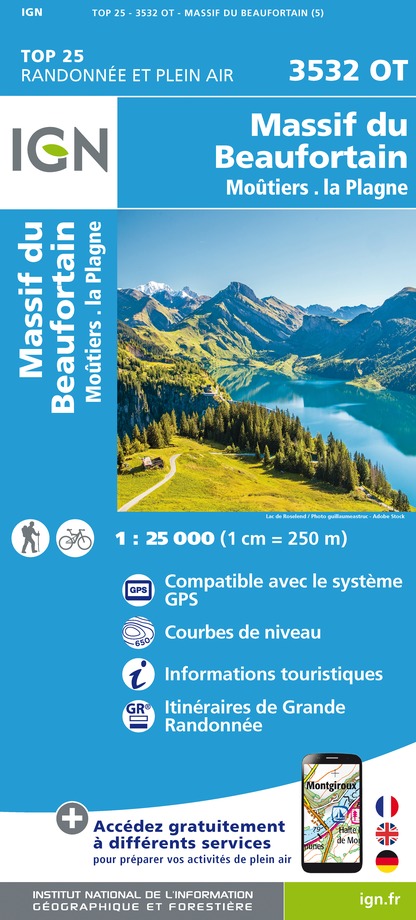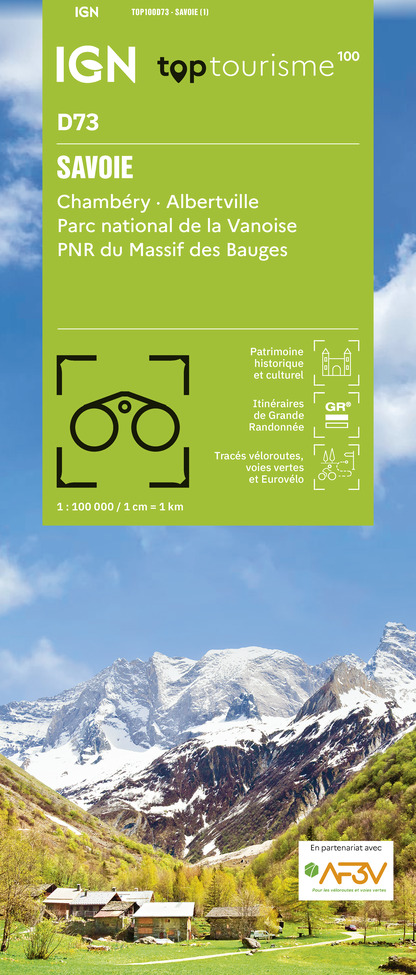Alert
Alerts
Old town and fortified manorhouse of Aigueblanche
Description
The late 13th century fortified manorhouse lords over the village centre. The Aigueblanche domain was owned by the powerful families of the Briançon then Montmayeur lords, before being elevated to a marquisate in favour of Charles-Victor-Joseph de Saint-Thomas in 1680. In the beginning, the fortified manorhouse was surrounded by walls; in 1884, the vestiges of these walls were still visible. The manorhouse we can see today seems to date back to the late 15th century. It has a square tower, a main house and a tower in the shape of a horseshoe. You can also make out several arrow slit windows. Solidly built from tufa and finely cut (ashlar) stone blocks, this fortified manorhouse is still in good condition. Between it and the church, the winding streets still have a mediaeval air about them and bear the traces of the water that flowed through here. In the Middle Ages, there are records of a motte castle (fortified structure on a mound) on the right bank of the River Isère. In the 5th century Richard Curt, an ancestor of the Briançon family, had a peacetime residence in Aque Clare (Aigueblanche) where the village gradually developed, connecting with the Roman road via a wooden bridge (Pont du Bourgeaillet). The old town of Aigueblanche is in stark contrast with the main A road, which is wide and rectilinear. And yet this also represents the town's history, having once been a royal and imperial road.
Technical Information
Altimetric profile
IGN cards












Data author
